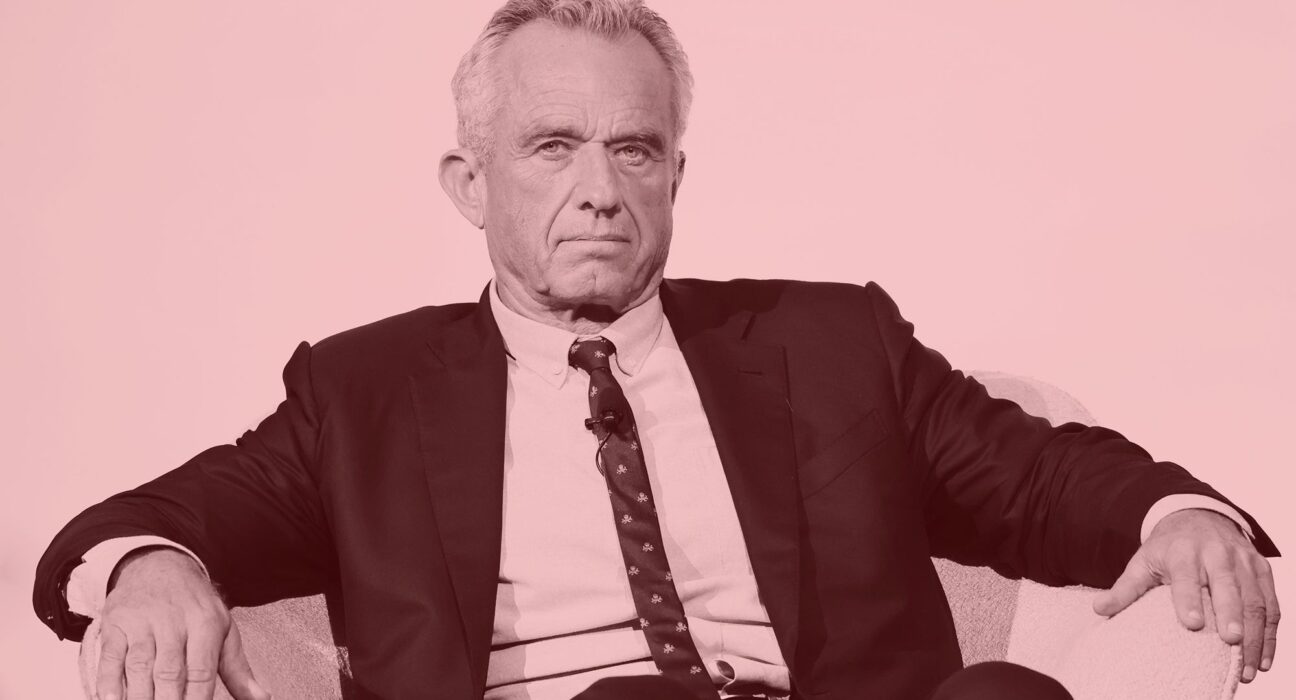Health Secretary Robert F. Kennedy Jr. had sounded the alarm on synthetic food dyes not too long ago. In a passionate crusade against these additives, he managed to rally some major players in the American food industry to commit to removing artificial coloring from their products by 2027. This groundbreaking initiative targeted iconic items like Jell-O snacks, Kool-Aid drinks, and Lucky Charms cereals.
Kennedy’s movement gained momentum quickly as key players such as Nestle and ConAgra jumped on board with Kraft Heinz, General Mills, and PepsiCo in supporting his cause. However, the confectionery sector remained a tough nut to crack due to its reliance on vibrant artificial colors — with M&M’s taking center stage as a significant roadblock in Kennedy’s path towards achieving a dye-free nation.
Challenges Ahead
The candy industry’s resistance symbolized more than just a clash of interests; it represented a larger battle for the health of future generations. Kennedy recognized that tackling synthetic dyes was just the first step in his broader plan to eliminate highly processed foods from American diets. While critics initially doubted the effectiveness of his voluntary strategy, Kennedy’s efforts were starting to bear fruit across various sectors of the food industry.
As an advocate for healthy living and sustainable practices, Kennedy viewed synthetic dyes not only as unnecessary additives but also as potential contributors to behavioral issues in children. His research-backed claims added weight to his cause and put pressure on companies to reevaluate their use of artificial colorings.
The Candy Standoff
The refusal of candy manufacturers to comply highlighted the complex dynamics at play between public health initiatives and corporate interests. Scott Faber from the Environmental Working Group pointed out that even influential figures like Kennedy faced limitations in persuading certain sectors of the industry.
While brands like Jell-O and Kool-Aid embraced change under Kennedy’s guidance, M&M’s stubbornly held onto their colorful façade despite mounting pressure. The iconic status of this sweet treat made it a potent symbol in Kennedy’s quest for healthier food options nationwide.
Looking Forward
Kennedy’s campaign shed light on the intricate web of politics, public health policy, and corporate responsibility woven into America’s food landscape. By targeting synthetic dyes as a starting point for reforming dietary habits, he sparked conversations about transparency in labeling practices and consumer awareness regarding additives in everyday products.
As consumers increasingly demand cleaner ingredients and transparency from food manufacturers, Kennedy’s efforts underscored a growing shift towards mindful consumption choices among Americans. Whether M&M’s eventually succumb to this wave of change remains uncertain; however, one thing is clear – discussions around food quality and its impact on public health are far from over.

